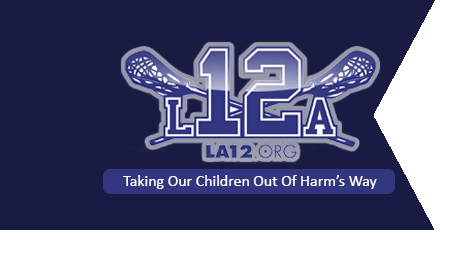5 Things You Need to Know About AEDs
Keep Youth Sports Safety Top of Mind: Guidelines from National Athletic Trainers’ Association
May 16, 2013Defibrillator Used on Lancaster Student in Cardiac Arrest
May 23, 2013
When the chance to save a life from cardiac arrest comes up, will you be ready?
By Jennifer Brown, Everyday Health Staff Writer
FRIDAY, May 17, 2013 — Cardiac arrest is a leading cause of death in the U.S. and in the workplace today, but with simple training, you can be ready to respond if someone needs your help. As a malfunction of the heart’s electrical system, cardiac arrest is sometimes a complication of ventricular fibrillation, and causes more than half of the deaths that result from cardiovascular disease. Survival rates jump up sharply from 5 percent to more than 80 percent when someone steps in and quickly uses an automated external defibrillator (AED) to restart the heart. To encourage people to help others without the worry of litigation, Good Samaritan laws protect those who intervene in an emergency in the U.S.
Here’s what you need to know:
What is an AED?
An automated external defibrillator (AED) is a small computerized medical device that analyzes a person’s heart rhythm. The AED is programmed to detect the type of heart rhythm which requires intervention. It includes simple instructions and automated voice directions. Used by a trained operator outside of the hospital setting, the AED gives an electrical shock called defibrillation to restart a person’s heart, if needed. Using an AED within the first few minutes can reverse cardiac arrest and saves lives.
How does an AED work?
An AED measures the unresponsive person’s heart rhythm. The computerized device then selects and delivers automated voice instructions to the rescuer, based on the heart rhythm. The AED safely delivers an electric shock to the victim’s chest that can reset normal heart rhythm at once. “It is essential that quick defibrillation occur in order to save the patient’s life. With each minute the patient is in ventricular fibrillation the likelihood of survival goes down,” Kevin R. Campbell, MD, FACC, a cardiologist at UNC Health Care/Rex said. The benefits to the patient are tremendous, he added, “AEDs change the survival rate from less than 5 percent to more than 80 percent with quick defibrillation.” With simple training, you can greatly change the person’s odds of survival during cardiac arrest.
When do I use an AED?
Cardiac arrest can occur anytime and anyplace without warning. During cardiac arrest, the person’s heart beat becomes irregular and erratic — known as ventricular fibrillation — and unless a shock is delivered, the patient will die. “Every minute that a patient remains in the erratic heart rhythm, the likelihood of survival goes down exponentially,” says Dr. Campbell. In his experience, heart attacks often occur in the early morning hours when adrenaline and cortisol levels are at their highest.
The operator of an AED must be able to detect symptoms of sudden cardiac arrest. It is time to get an AED if a person:
- Becomes unresponsive suddenly
- Stops breathing
- Does not respond when you tap on the shoulders firmly
- Does not respond when you ask, “Are you OK?”
- Does not take a breath when you tilt the head up
This is the emergency situation where every minute counts, so call 911 and get an AED.
Where can I find an AED?
The American Heart Association encourages public access to AEDs which should now be available wherever a large group congregates. Laws differ by state, but many states require AEDs in public areas like schools, health clubs, and sports stadiums. All emergency response vehicles are equipped with AEDs. “I believe that every single public school in the country should have an AED readily available,” said Campbell. It may be difficult to locate an AED in an emergency, and so having these devices clearly marked at the worksite and in public areas is essential. Ask where the AED is in your worksite today.
How can I get trained on using an AED to save hearts and lives?
The American Heart Association’s Heartsaver training on performing using an AED is available online, with follow-up hands-on training with instructors. The American Red Cross provides live training and certification for AED use in many communities. Training takes only a few hours because an AED is simple to use and every device includes clear directions. According to the Red Cross, training people to use AEDs and providing ready access to them could save as many as 50,000 lives yearly. “I think that everyone should be trained,” said Campbell.
Have you taken AED training course? Please share your experiences with Everyday Health readers by adding a comment in the box below the article.

